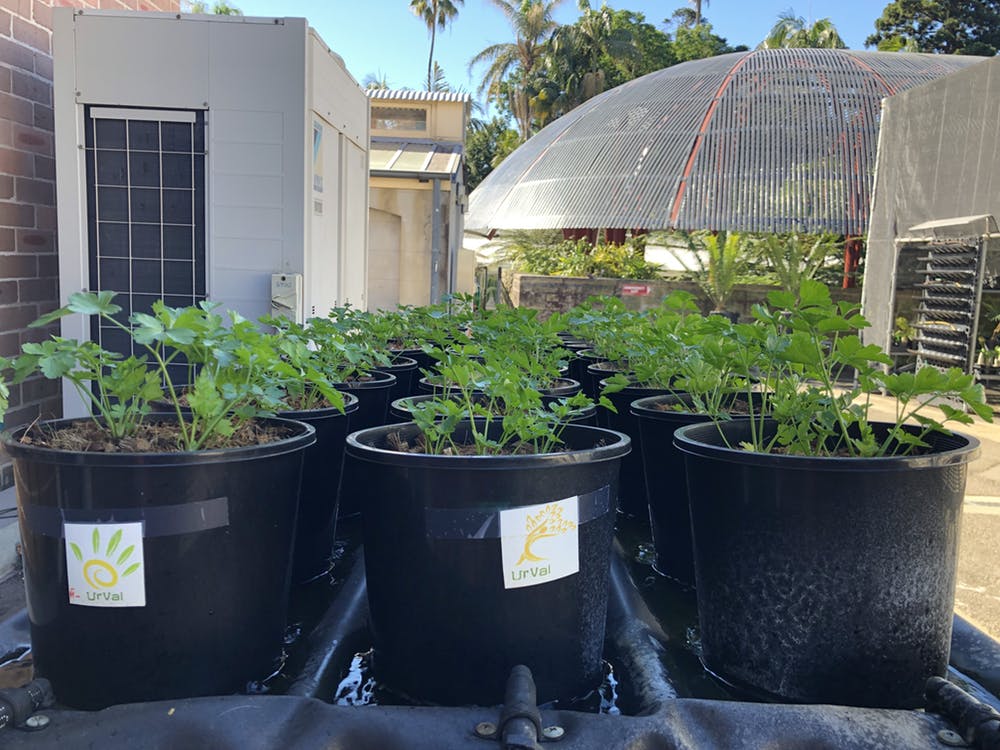
Three types of nutrients essential for plant growth are known as potassium nitrate phosphate. Of these, phosphoric acid is made from phosphoric ore, but because phosphoric ore is a limited resource, a shortage of supply becomes a problem. Sydney Institute of Technology PhD researcher Federico Volpin argues that in order to obtain such humans, the technology to produce fertilizers from human urine must be quickly established.
Phosphorus is a constituent element of DNA and adenosine triphosphate ATP, and is an essential substance for plants as well as animals. This phosphoric acid is a phosphate that has oxygen molecules attached to it, and is a raw material for phosphate fertilizers.
Phosphate, along with nitrogen fertilizers, increased rapidly in the 20th century as it became possible to mass-produce from ore by the Industrial Revolution. It is said that fertilizer production increased more than 6 times over 50 years from 1961 to 2014. Nitrogen fertilizer was devised by the Haber-Bosch process in 1906, and it is possible to synthesize ammonia from nitrogen, which accounts for 80% of the atmosphere, so the difficulty of obtaining raw materials is quite low. However, the reality is that it has no choice but to rely on natural phosphate for phosphate production and has a problem of lack of supply of raw materials.
The first discovery of such a seal was Hennig Brand, a German merchant in the 17th century. After retiring from the military at the end of the Thirty Years’ War, he succeeded in becoming a merchant through glass craftsmanship, but most of the products obtained commercially were poured into alchemy, a hobby. It is believed that the alchemy of converting any substance to gold can be obtained from human urine, and an experiment was conducted to boil hundreds of liters of urine to extract a white shiny substance from the residue. The material Brandt discovered was unfortunately not gold, but named phosphorus in Greek, which means to carry light.

Humans excrete up to 0.5 kg of phosphorus per year in urine. For this reason, Ballpin claims that human urine is an excellent source of phosphorus. In the past, manure was fermented to make fertilizers, but Ballpin’s argument is that what’s important here is how it can be easily produced at low cost. According to him, the technology for mass-producing phosphate fertilizer in urine at low cost is being studied by various universities and companies, and competition for development has already begun.
For example, at the University of Technology Sydney, Australia, a research is being conducted to extract phosphorus and nitrogen by filtering the treated urine liquid by converting volatilized ammonia into a more stable nitrate by oxidizing compounds in urine with microorganisms. This fertilizer is being tested for parsley cultivation at the Royal Botanic Gardens of Australia. It is argued that if such a technique is established and the ability to make phosphate fertilizers in human urine, reliance on phosphate ore as a finite resource can be reduced. Of course, it may be possible to produce it in the outside world someday, but urine is still a resource that can be obtained a lot. Related information can be found here .


















Add comment